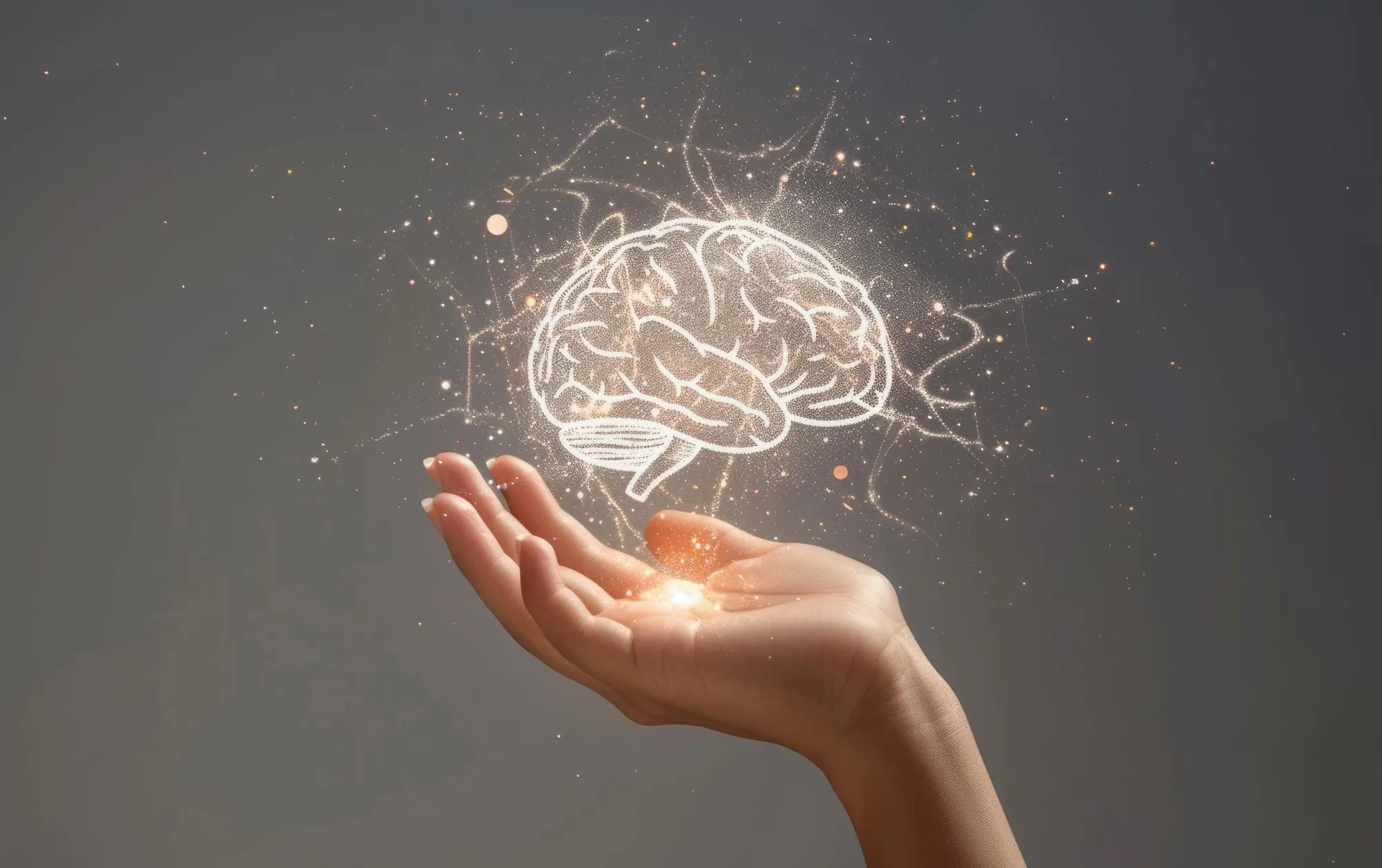The study of psychedelics, once on the fringes of scientific inquiry, has taken center stage with a groundbreaking review titled, “Synthetic Surprise as the Foundation of the Psychedelic Experience,” published in the prestigious journal Neuroscience and Biobehavioral Reviews. Renowned researchers from the Charité-Universitätsmedizin in Berlin, Roberto De Filippo and Dietmar Schmitz, explore the complex neural mechanisms prompted by psychedelic substances like LSD and psilocybin, casting new light on how they profoundly alter human consciousness. The DOI for this pivotal work is 10.1016/j.neubiorev.2024.105538, marking a significant contribution to the scientific conversation around these potent compounds.
The Promise of Psychedelics
Psychedelics have long intrigued the scientific community because of their ability to temporarily induce dramatic shifts in perception, emotion, and cognition. Over the years, they have gained attention for their potential therapeutic applications, ranging from treating mental health disorders like depression and PTSD to facilitating profound personal growth and creativity. Despite the interest, the exact mechanisms through which these substances exert their effects remained elusive, until now.
Main Findings
De Filippo and Schmitz’s review is anchored on the activation of the 5-HT2A receptor, a particular serotonin receptor heavily implicated in the function of psychedelic compounds. By mapping the interaction of psychedelics with the 5-HT2A receptors, the review provides a clearer understanding of the resulting cognitive and affective experiences, widely recognized as unique and often life-changing for individuals who partake in them.
They present a comprehensive analysis of the concept they describe as “synthetic surprise.” This term encapsulates the essence of the psychedelic experience—the unexpected and profound revelations or shifts in perspective often reported by users. According to the researchers, psychedelic substances can enhance our cognitive flexibility through a process called “predictive coding.” They redefine how the brain anticipates and interprets information, which in turn shakes the foundations of our affective reality.
Affective Realism and Cognitive Penetrability
One of the most striking aspects outlined in the review is the concept of affective realism, the idea that our emotions can directly shape the way we perceive reality. Psychedelics disrupt this process, enabling cognitive penetrability, where our usual top-down expectations and beliefs are momentarily bypassed. This disruption allows for a more fluid and less biased interpretation of one’s internal and external world.
Serotonin and Transcriptomics
Beyond just addressing the phenomenological effects of psychedelics, De Filippo and Schmitz dive into the potential genetic influences on how these substances alter cognition. They examine the role of transcriptomics—the study of all RNA molecules within a cell at any given time—to understand the changes in gene expression caused by psychedelics. These changes at the molecular level may explain the long-lasting effects of psychedelics on mental health.
The Path Ahead
The review by De Filippo and Schmitz is timely as the modern renaissance for psychedelic research seeks to unravel the complexities of the human mind. It provides a critical framework that could guide future studies to harness the potential of these substances for therapeutic purposes. It also opens up a new chapter of debate and discovery regarding cognition, perception, and the therapeutic potential of psychedelics.
Keywords
1. Psychedelic research
2. Consciousness alteration
3. Serotonin receptors
4. 5-HT2A activation
5. Neuroscience of psychedelics
References
1. De Filippo, R., & Schmitz, D. (2024). Synthetic surprise as the foundation of the psychedelic experience. Neuroscience and Biobehavioral Reviews, 157, 105538. https://doi.org/10.1016/j.neubiorev.2024.105538
2. Carhart-Harris, R. L., et al. (2012). Neural correlates of the psychedelic state as determined by fMRI studies with psilocybin. Proceedings of the National Academy of Sciences, 109(6), 2138-2143. https://doi.org/10.1073/pnas.1119598109
3. Nichols, D. E. (2016). Psychedelics. Pharmacological Reviews, 68(2), 264-355. https://doi.org/10.1124/pr.115.011478
4. Preller, K. H., & Vollenweider, F. X. (2016). Phenomenology, structure, and dynamic of psychedelic states. Current Topics in Behavioral Neurosciences, 36, 221-256. https://doi.org/10.1007/7854_2016_459
5. Ly, C., et al. (2018). Psychedelics promote structural and functional neural plasticity. Cell Reports, 23(11), 3170-3182. https://doi.org/10.1016/j.celrep.2018.05.022
The research reviewed by De Filippo and Schmitz not only adds depth to our understanding of psychedelics but also paves the way for advancements in treating psychiatric disorders. As the study of psychedelics continues to evolve, it promises to unlock further secrets of the brain, potentially leading to a future where interventions for mental health conditions are safer, more effective, and deeply informed by the intricate biological processes that underpin our perception of reality.
